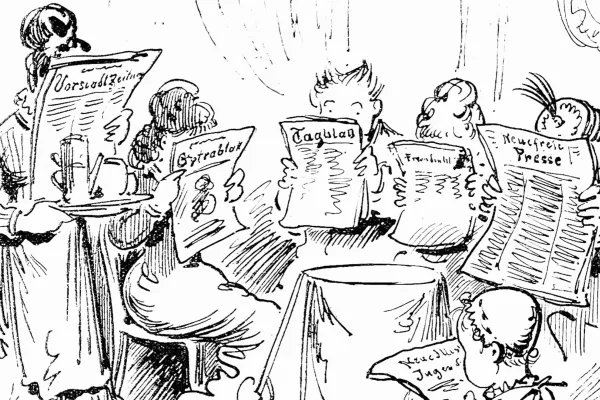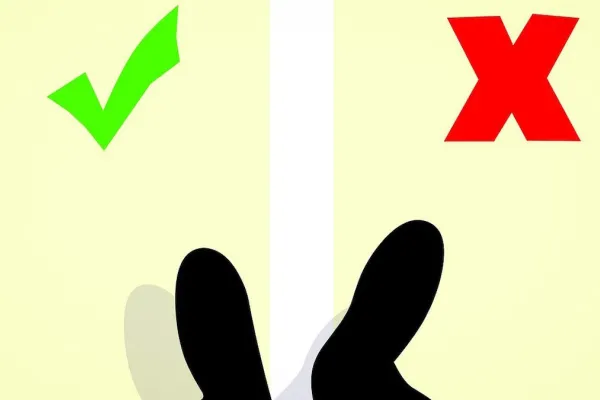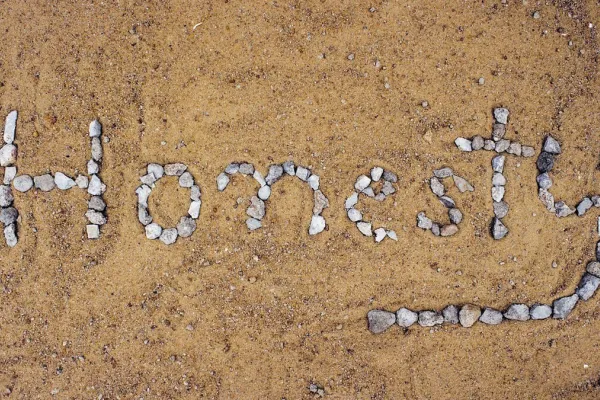
 Details
Details
Although the term ‘native advertising’ was first coined by Fred Wilson at the Online Media, Marketing and Advertising Conference in 2011, the road to today's native advertising was paved in large part by clever advertorials a century prior.
In the early 1900s, as more and more companies began to mass manufacture standardized products, they were looking to attract buyers via new advertising styles. One new approach to emerge was the advertorial, one of the first types of native advertising.
An advertorial, as the name implies, is a combination of an advertisement and editorial content. Placed alongside the media's regular content, it is "an ad, that walks, talks and acts like an editorial".
A groundbreaking early example of an advertorial in a major print publication was Cadillac’s “The Penalty of Leadership” ‘editorial’ by Theodore MacManus. The text of the piece published in the Saturday Evening Post never mentioned Cadillac, or even cars in general, but focused instead on the type of company that would manufacture superior products and the type of person who would own them.
“The real suggestion to convey is that the man manufacturing the product is an honest man, and that the product is an honest product, to be preferred above all others,” MacManus said when asked about the story.
Its success encouraged other advertisers to produce and look for outlets that would publish long-form content promoting their brand.
Radio, Radio
Native advertising in newspapers and magazines soon led to stories, music and native audio advertising on the radio. Most early radio sponsorships came in the form of selling naming rights to programmes like ‘The A&P Gypsies’, ‘Alka Seltzer Time’ and the even more obviously named ‘Oldsmobile Program’.
Sponsor mentions were meant to be unobtrusive and flow naturally, seeming to be just another part of the show. The blocks of radio commercials that exist today were uncommon and considered intrusive. Companies also liked that radio was a ‘free’ medium that anyone could enjoy.
RELATED ARTICLE: Native advertising on the airwaves
Branded radio shows were also the dawning of soap operas.
Similar to the use of short stories and editorials to sell products in newspapers and magazines, the soaps were a perfect place for native advertising. Proctor and Gamble (P&G) was one of the first sponsors of daytime dramas, and their ‘soap operas’ were designed to sell, well, soap. The success of soap operas on radio led to them migrating to television, helping to create another massive native advertising platform.
“But wait! There’s more!”
The 1980s saw the rise of infomercials on television, which allow advertisers to promote their products while informing viewers at the same time. Networks loved them because advertisers paid for the airtime and provided programming in non-prime time slots, taking the pressure off content creators.
The use of native digital advertising exploded with the birth of the internet.
Search engines like Google, Yahoo and AOL encourage businesses to promote their services through ads that automatically help them connect with target audiences. Although some consider paid search to be a form of native advertising, at the Institute we do not consider a search engine a media, so paid search is outside of our definition.
What’s the buzz?
Digital media giants have also tossed their hats into the native ring. BuzzFeed, along with others like Mashable and Forbes, allows advertisers to customize what goes into their articles. Sponsored content is blended with other suggested articles, making it tough to distinguish between sponsored and regular posts.
With traditional publications like The New York Times also creating native ads, native advertising is on its way to becoming as mainstream as the TV commercial.
Social networks like Facebook and Twitter are also avid users of native advertising, meeting advertisers’ needs by displaying sponsored posts and tweets throughout their feeds.
Online tools get smarter and smarter
Online shopping, social media, and digital media are all massive native advertising platforms and sponsored content will continue to grow as new platforms and tools develop.
Some of the most popular tools include Taboola, an advanced content discovery platform that connects readers to content they may like. They focus on content recommendations, audience acquisition, and native advertising – allowing advertisers and publishers to monetise their content and reach new audiences.
Outbrain is a native ad network that helps connect marketers to their target audience through personalised recommendations on the world's leading publishers, while Nativo is a native ad network that works to ensure that all ads match the individual design of each publication. They claim that their ad types provide a more meaningful customer experience in every part of the sales funnel.
The complicated algorithms employed by the above actors may be a far cry from MacManus's witty pen but the underlying concept is the same: presenting advertising in an unobtrusive way that helps consumers rather than annoy them.

